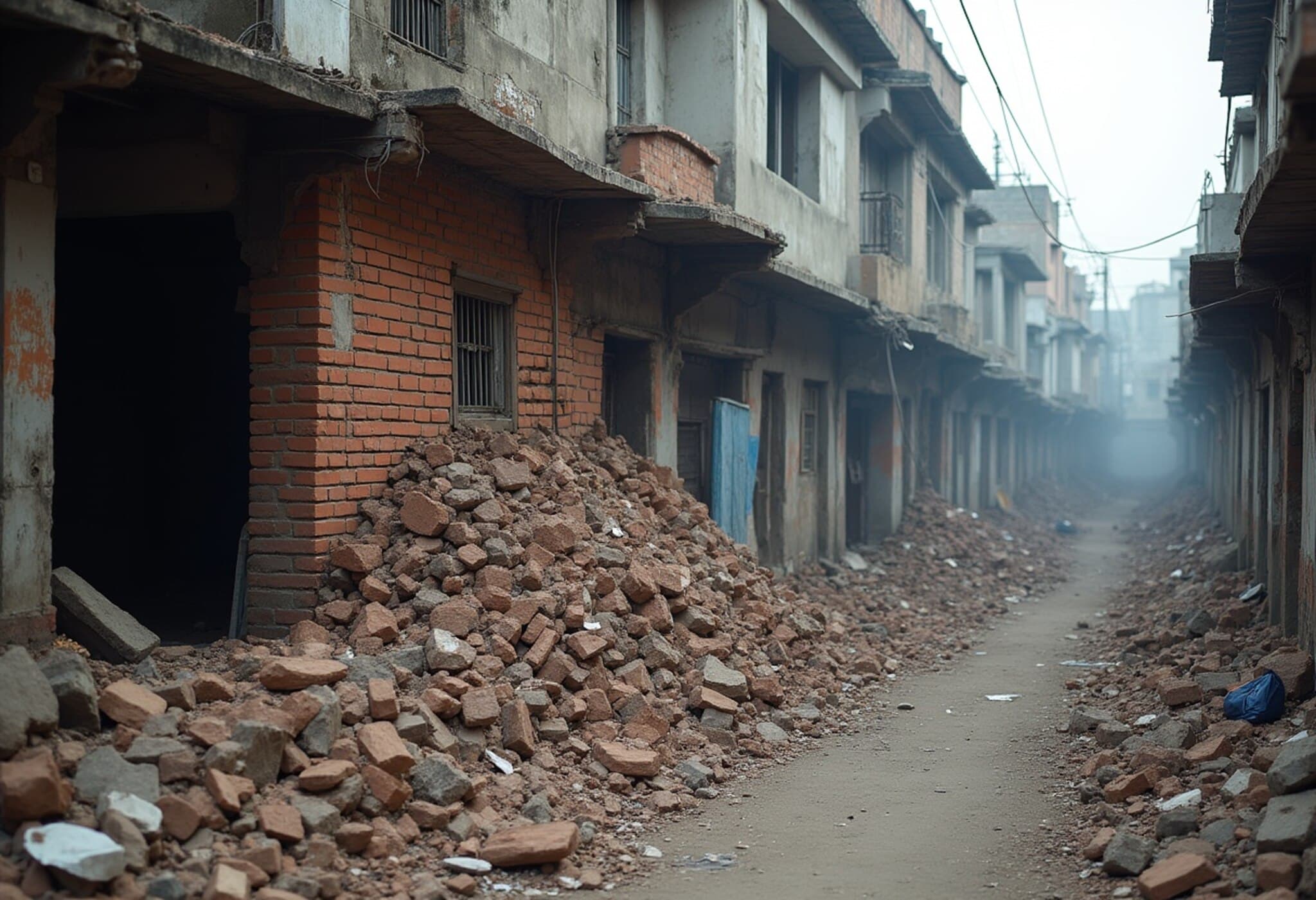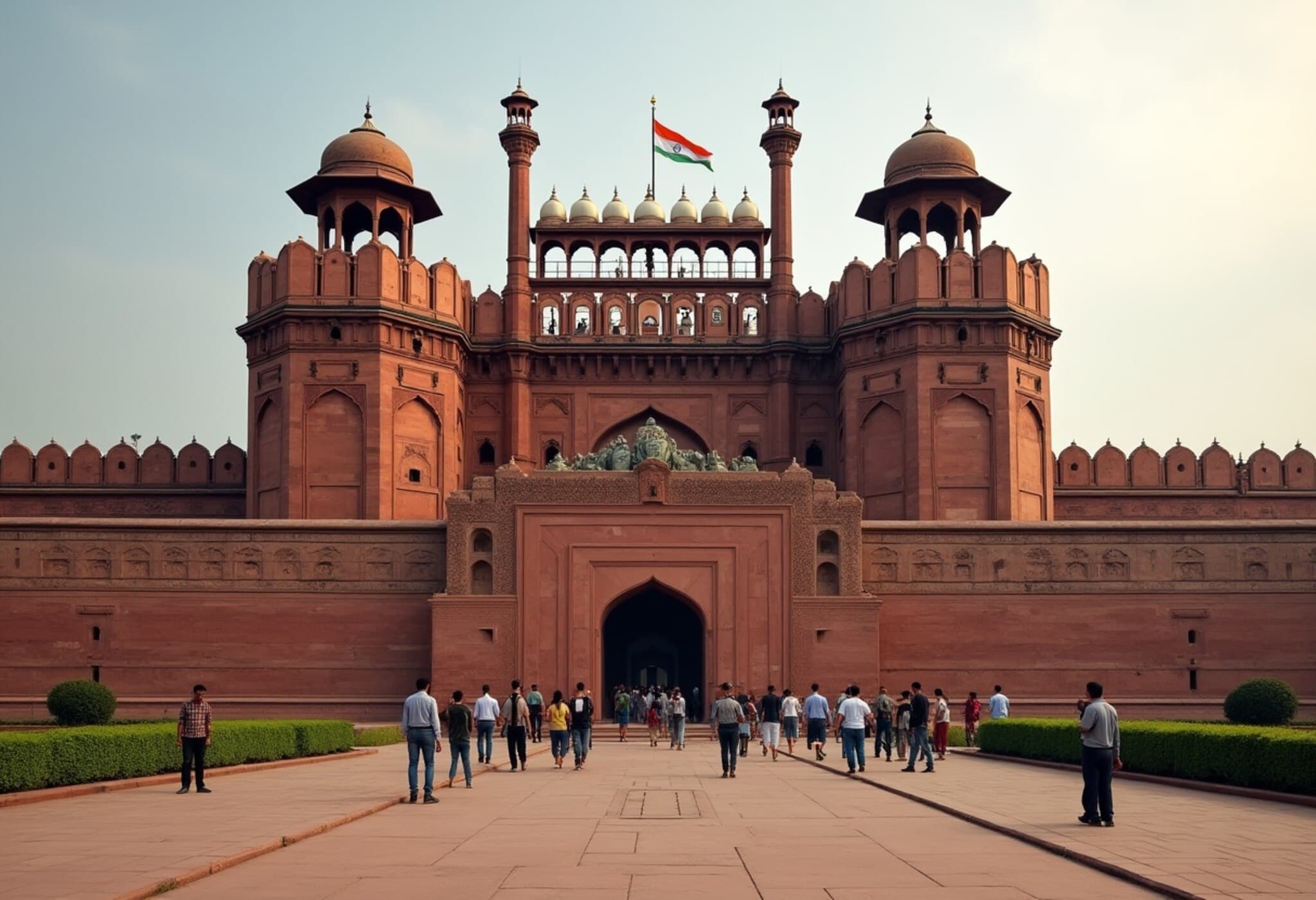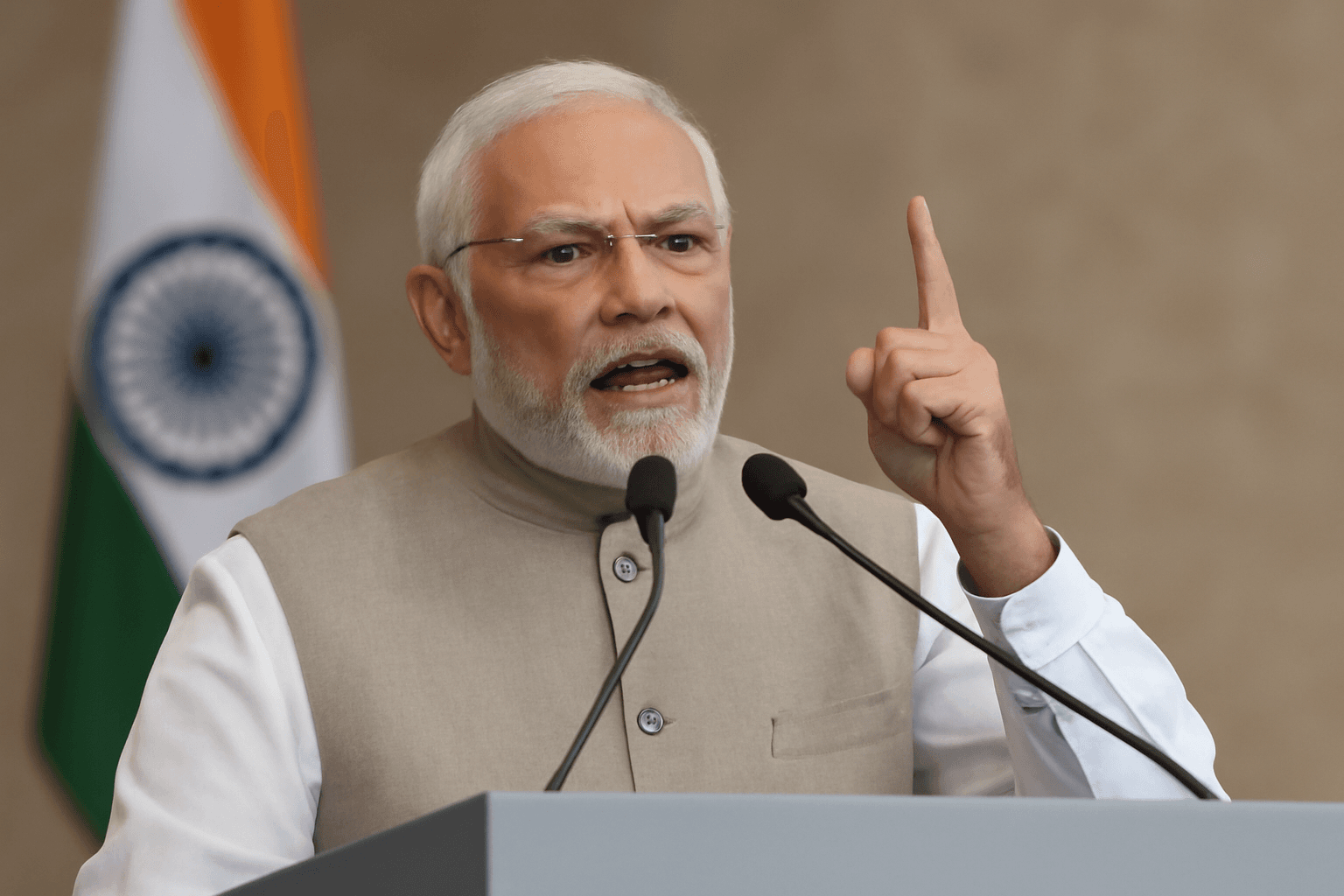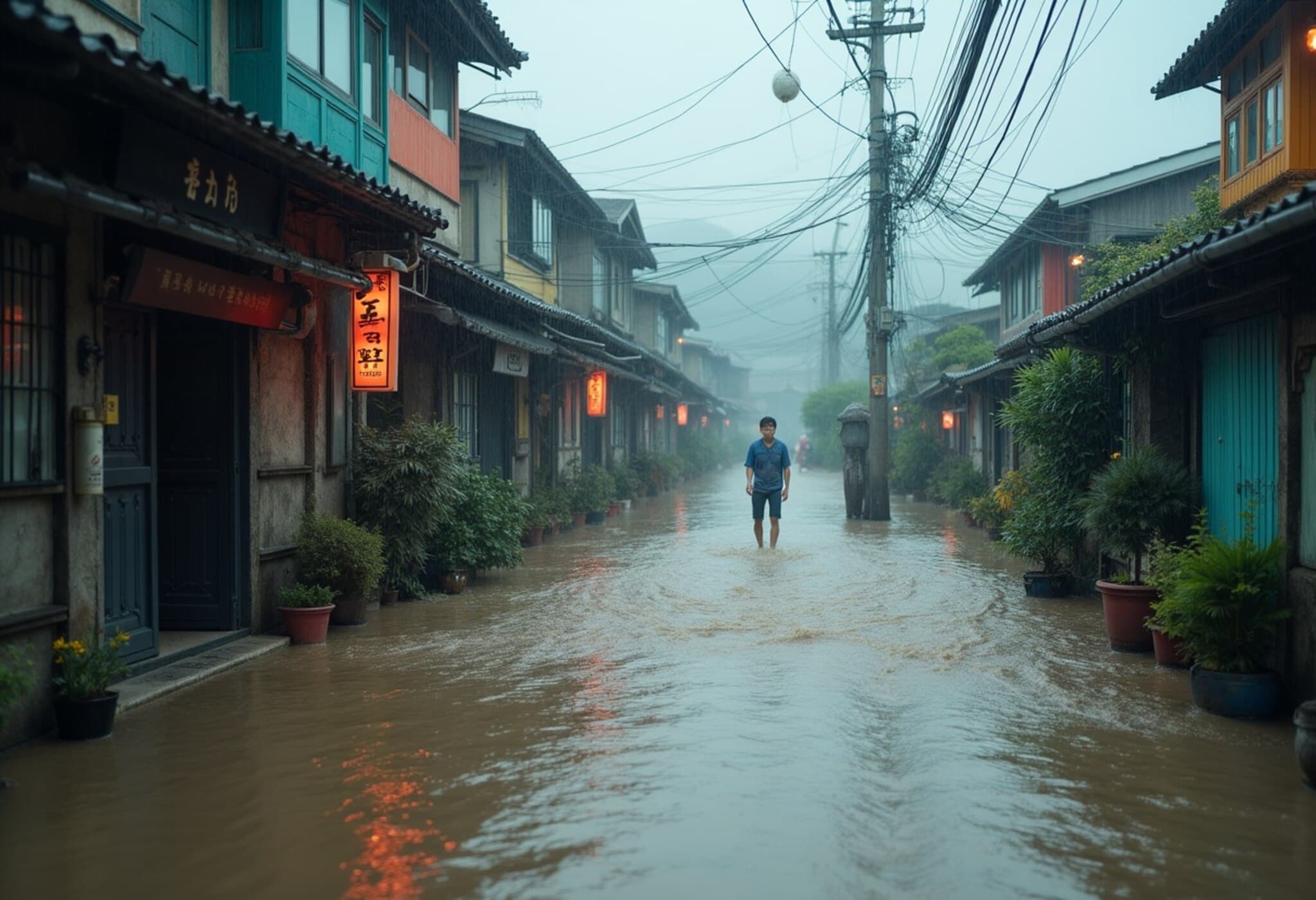Devastation Strikes Jaitpur Slum: Seven Killed as Boundary Wall Collapses
In the early hours of Saturday morning, a heavy rainfall-triggered landslide in Jaitpur's Hari Nagar village, Southeast Delhi, led to a catastrophic boundary wall collapse that claimed seven lives, including two young children. The incident has left the small community reeling in grief and raised urgent questions about urban safety and infrastructure resilience in vulnerable neighborhoods.
The Moment When Life Changed Forever
Residents of the jhuggi colony recall a restless night of pouring rain, which flooded their homes and forced them to remain indoors when tragedy struck around 9 a.m. The boundary wall adjacent to a memorial, constructed barely three years ago, suddenly gave way as the saturated earth beneath it slipped, crushing several shanties below.
The victims included Baby Ruksana and Baby Hasina, both aged 7, along with Rabiul (27), Rubina (25), Safiqul (27), Muttus (50), and Doli (28). The sole survivor, Hasibul (25), is receiving critical care at Safdarjung Hospital, police confirmed.
Unfolding Stories of Loss and Resilience
“All of us stayed home because the jhuggi was flooded,” shared Meena Bibi (45), overwhelmed with sorrow. “We were shifting belongings when suddenly we heard the crash—the wall fell, and my world ended.” Meena was mourning her daughter Rubina and granddaughter Hasina.
Residents describe how the wall stood about ten feet above their homes, bordering the memorial site. The torrential rains caused the soil's stability to fail, resulting in a mudslide that dragged the wall down onto their fragile dwellings.
Anwar, a resident who responded immediately, recounted the harrowing scene. “There was no warning. Muttus saw the wall falling and tried to save his daughter but was crushed beneath the rubble. He succumbed before help arrived.”
Community in Mourning as Survivors Grapple with Trauma
Anwar and other neighbors spearheaded frantic rescue efforts before official emergency services could reach the scene. Meanwhile, 11-year-old Moyna, Muttus' daughter, sat quietly amidst the wreckage, clinging to the small possessions she has left, a poignant symbol of innocence shattered.
Parvina, three months pregnant, mourns her lost husband and daughter with anguished cries: “How will I raise this child alone? That wall fell, and my world ended.”
Amid the despair, practical concerns arise. With many homes reduced to rubble, residents now face uncertainty about shelter and safety as the monsoon season continues.
Systemic Challenges Behind the Tragedy
This tragic collapse underscores a broader issue prevalent in many informal settlements across Delhi and other Indian cities: inadequate infrastructure, poor drainage, and precarious living conditions amid vulnerable topography.
- Urban planning gaps: Settlements like those in Jaitpur often lack formal oversight, leaving them exposed to flood and erosion risks.
- Monsoon vulnerabilities: Erratic, heavy rainfall patterns exacerbate soil erosion and structural failures.
- Social safety nets: The disaster raises urgent questions about support systems for low-income families that inhabit such fragile spaces.
Local volunteer Intezaar has arranged temporary shelter and essentials, emphasizing community solidarity: “These families stayed here because they had no other options. It’s not their fault, and together, neighbors must help.”
What Happens Next?
The immediate priority remains rescuing and treating survivors, followed by ensuring safe rehabilitation for displaced families. City authorities face mounting pressure to assess similar vulnerable structures citywide and institute long-term measures to prevent repeat tragedies.
Experts argue for improved urban resilience strategies that incorporate:
- Robust soil and drainage management schemes in monsoon-prone areas.
- Community-based disaster preparedness programs.
- Inclusive urban policies to regularize and upgrade informal settlements with essential civic amenities.
As India’s capital grapples with rapid urbanization compounded by climate change-induced weather extremes, the Jaitpur tragedy serves as a somber call to action.
Editor’s Note
This heartbreaking event in Jaitpur foregrounds the persistent vulnerabilities of informal settlements amidst India's urban sprawl. While the immediate loss is devastating, it compels policymakers, urban planners, and civil society to rethink safety nets for marginalized communities. How can we balance heritage spaces, urban expansion, and disaster preparedness to protect the most vulnerable? The answers may well determine how such tragedies can be averted in the future.












